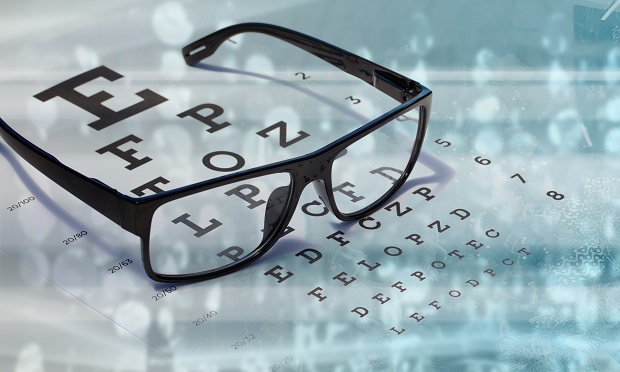 More than one-third of people under 40 say that being able to communicate remotely would have a high impact on seeing an eye doctor more often.(Image: Shutterstock)
More than one-third of people under 40 say that being able to communicate remotely would have a high impact on seeing an eye doctor more often.(Image: Shutterstock)
New technology is making Americans more likely pay attention to vision care, a new study has found.
"With COVID-19 as the backdrop, patients are showing an increased desire for convenient and easily accessible eye care using remote technology," said Dr. Mark Ruchman, chief medical officer at Versant Health. "As we look to the future of eye care, ocular telemedicine will play an important role in improving access to care as patients are provided more ways to address their eye health on their own terms."
Recommended For You
According to the company's second annual Vision Wellness Study:
- Almost three-quarters of respondents younger than 40 say having access to technology and tools for virtual visits would make them more likely to schedule a routine eye exam, compared to 67% of all respondents.
- More than one-third of people under 40 say that being able to communicate remotely would have a high impact on seeing an eye doctor more often, compared to 34% of people ages 40-59 and just 15% of people ages 60 and above.
- Three-fourths of health plan executives believe members' use of alternatives to face-to-face contact with eye doctors will increase substantially or somewhat as a result of the pandemic.
Overall, Americans are increasingly recognizing the importance of eye care, with 81% of respondents receiving an eye exam in the past two years, compared to 77% who said the same in the previous study. For all respondents, including those who have not seen an eye doctor in the past two years, the ability to identify eye diseases and other serious health conditions, such as diabetes, ranked as the top two services that would make them more likely to schedule an eye doctor appointment, supporting the role of eye health as a window into overall health.
Of people who have not received an eye exam in the past two years, 37% say it's because of cost and affordability, pointing to a need to dispel misconceptions about the costs of eye care. "Members are realizing that comprehensive eye exams can provide a clearer picture of their overall health," said Elizabeth Klunk, senior vice president of medical management for Versant Health. "In fact, eye exams are one of the lowest cost and least invasive methods of looking at whole-body health for early disease detection."
Barriers to access persist, particularly for people in lower-income households. Eighty-one percent of all respondents say they have received an eye exam in the past two years, but only 68% of people in households with incomes less than $35,000 say the same. When it comes to insurance, 69% of respondents say someone in their household has vision insurance, but that drops to 61% for people with incomes under $35,000.
"The future of eye care requires us to implement tools that can increase access to care for all patient populations, especially those who are more likely to face systemic barriers," Klunk said. "During this pandemic, the rapid advancement of technology has helped us to better meet the needs of vulnerable populations, and we are committed to continuing to explore how it makes healthy sight more accessible.
© 2025 ALM Global, LLC, All Rights Reserved. Request academic re-use from www.copyright.com. All other uses, submit a request to [email protected]. For more information visit Asset & Logo Licensing.








